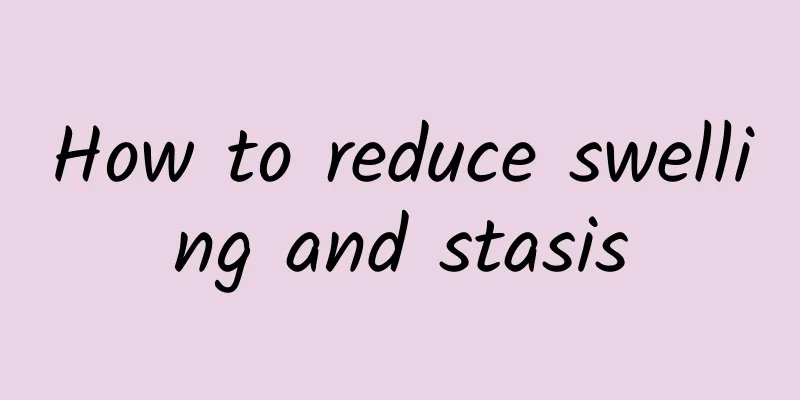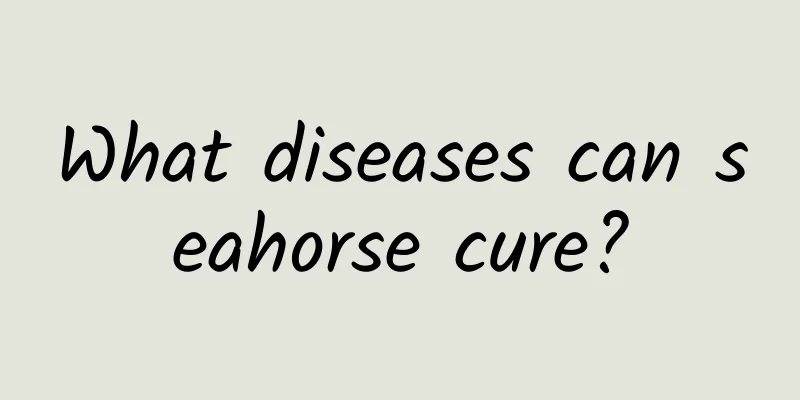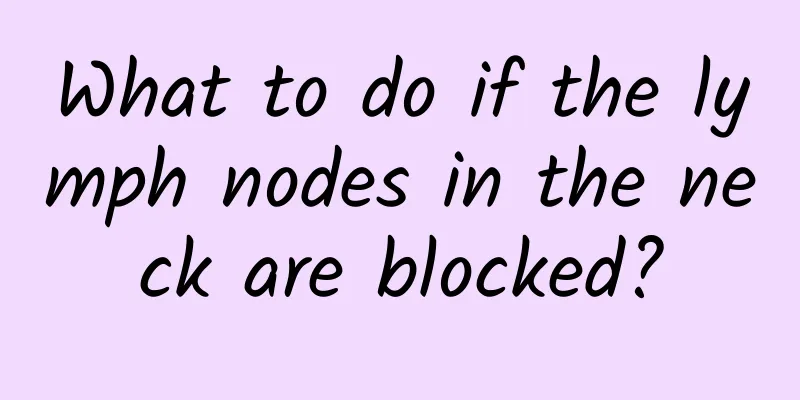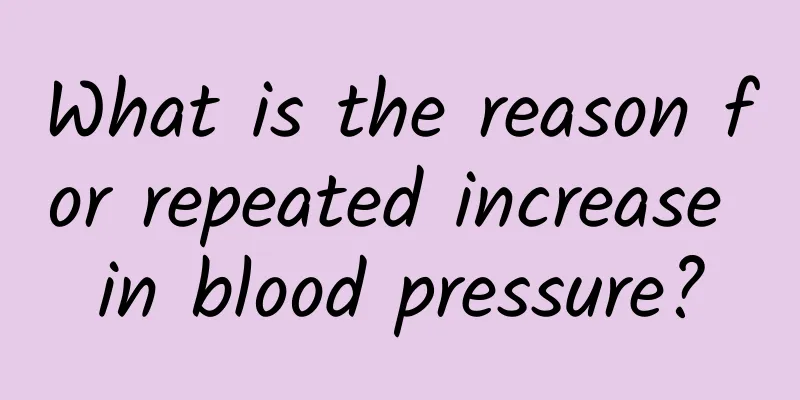How to perform the four diagnostic methods of traditional Chinese medicine?

|
Today, I would like to discuss with you the four diagnostic methods of Traditional Chinese Medicine. The Four Diagnostic Methods are a summary of medical issues drawn up by the famous Chinese doctor Bian Que based on his many years of medical experience. The four diagnostic methods are some methods used to diagnose diseases. Bian Que's four diagnostic methods have had a profound influence on our Chinese medicine. The four methods of diagnosis are "look, smell, ask, and palpate" that people often hear about, so let's learn about them next. Observation It is a method of inferring the disease by observing the patient's external spirit, color, shape, posture, and various excretions (such as sputum, feces, pus, blood, urine, menstruation and bloody belts, etc.) with the naked eye. Auscultation The doctor uses his hearing and sense of smell to collect materials such as the sound of the patient's voice and the smell of his breathing and coughing as a reference for judging the disease. inquiry It is a method in which doctors use conversations with patients or informed persons to understand the patient's subjective symptoms, disease occurrence and evolution, treatment experience, etc. as the basis for diagnosis. Palpation It mainly involves taking the pulse, but also includes palpation of certain parts of the patient's body surface. Traditional Chinese medicine pulse diagnosis mostly involves pressing the patient's radial artery (the Cunkou area on the wrist) with the fingers, and understanding the internal changes of the patient's illness based on a comprehensive syndrome composed of factors such as the location, frequency, intensity, rhythm and pulse wave morphology of the patient's superficial arterial pulsation. The above four methods of diagnosing diseases are not isolated from each other, but are interrelated. Traditional Chinese medicine has always emphasized "combining the four examinations", that is, the information collected from the four examinations must be analyzed comprehensively, the essence must be eliminated, and the true must be retained, so that a comprehensive scientific judgment from the outside to the inside can be made. Features and principles The four examinations are intuitive and simple. They directly obtain information within the range of the senses. The doctor immediately analyzes and synthesizes the information and makes timely judgments. From a philosophical point of view, the four diagnostic methods of traditional Chinese medicine studied by Bian Que are a kind of simple and idealistic subjective consciousness. This is mainly done by observing some changes in people's bodies to determine what kind of disease they have. This is a very useful way to diagnose diseases and is very helpful in treating people's diseases. |
<<: Can Codonopsis be used to soak in water for drinking?
>>: What are the medicinal values of ground ivy?
Recommend
What happens when a child with autism grows up?
As we all know, children with autism usually lag ...
Moxibustion Methods for Fractures
When walking or going out, you may suffer fractur...
Anesthesia for thyroid surgery
When there is a problem with the thyroid gland, w...
How to rest in bed during pregnancy
Pregnant women can adjust their posture at will a...
What's the matter with a hard lump on the toe?
There are many reasons for hard bumps on the toes...
What is normal blood pressure at 18 years old?
Blood pressure is very important for both young a...
What should people with stomach problems eat?
Stomach pain often occurs in life, which is a typ...
Where is the best place to treat vitiligo in children
Many parents will find some white spots on their ...
I feel like my period is coming but it's not happening
If your period has not come when it should have, ...
Breast pain in the armpit
Breast and axillary pain is mainly caused by acut...
What to do if you have diarrhea and anal pain
If the diarrhea is severe, it may cause anal pain...
What to do if brain tumor recurs? Timely treatment is important
Tumor is a disease that is extremely harmful to t...
How to treat a baby with a sallow complexion and thin body
Basically every parent hopes that their child is ...
Can Angelica, White Angelica Dahurica, Moutan Bark and honey remove chloasma?
Chloasma on the face is fatal to women. Every tim...
What are the characteristics of a weak pulse? What causes a weak pulse?
A weak pulse is caused by a weak heartbeat, which...









